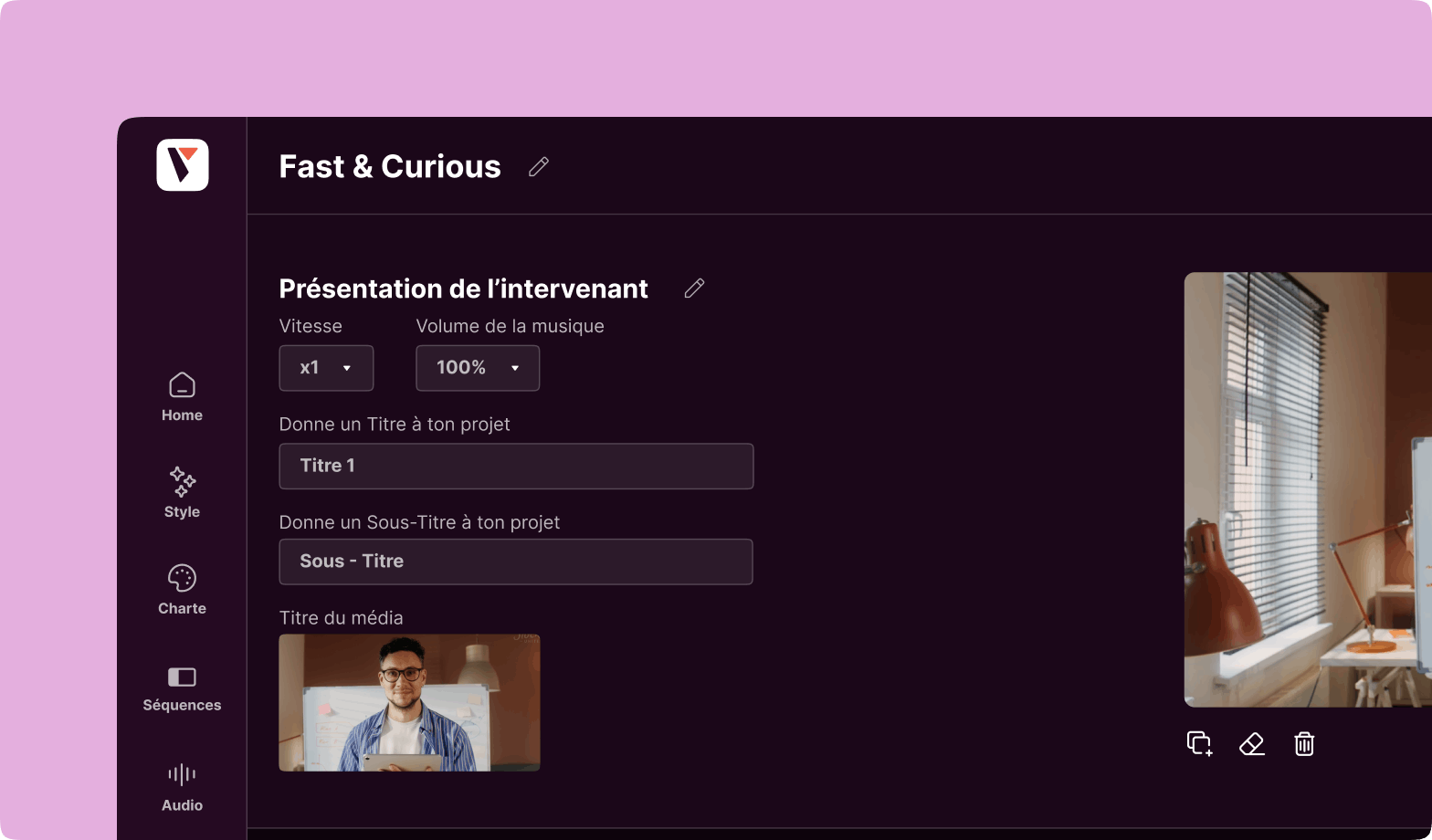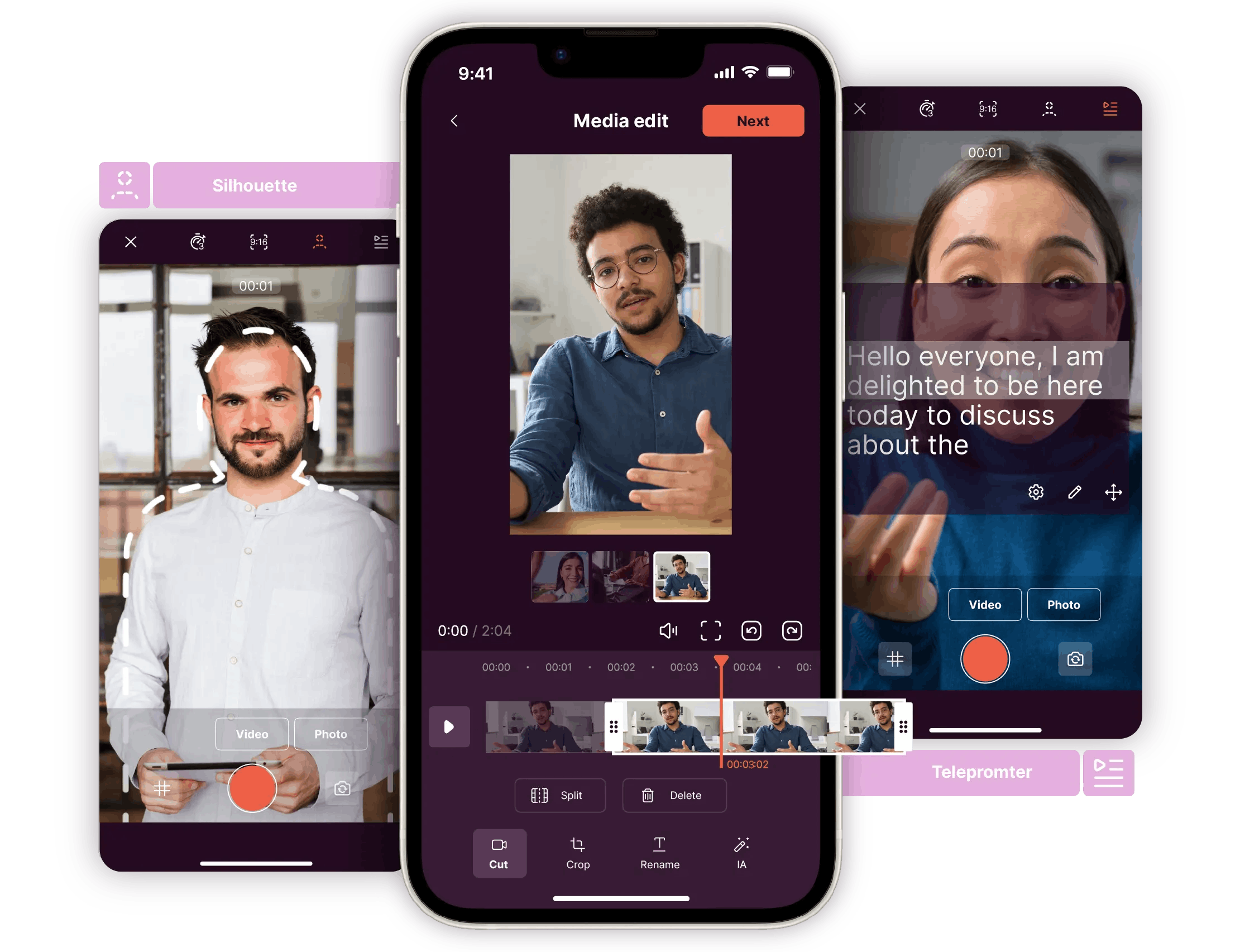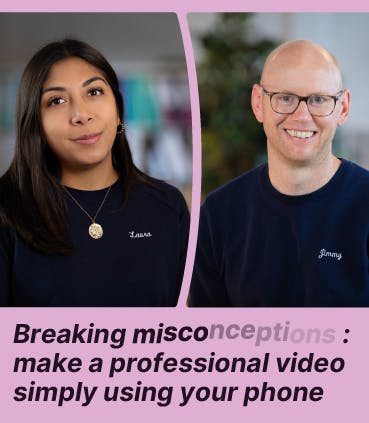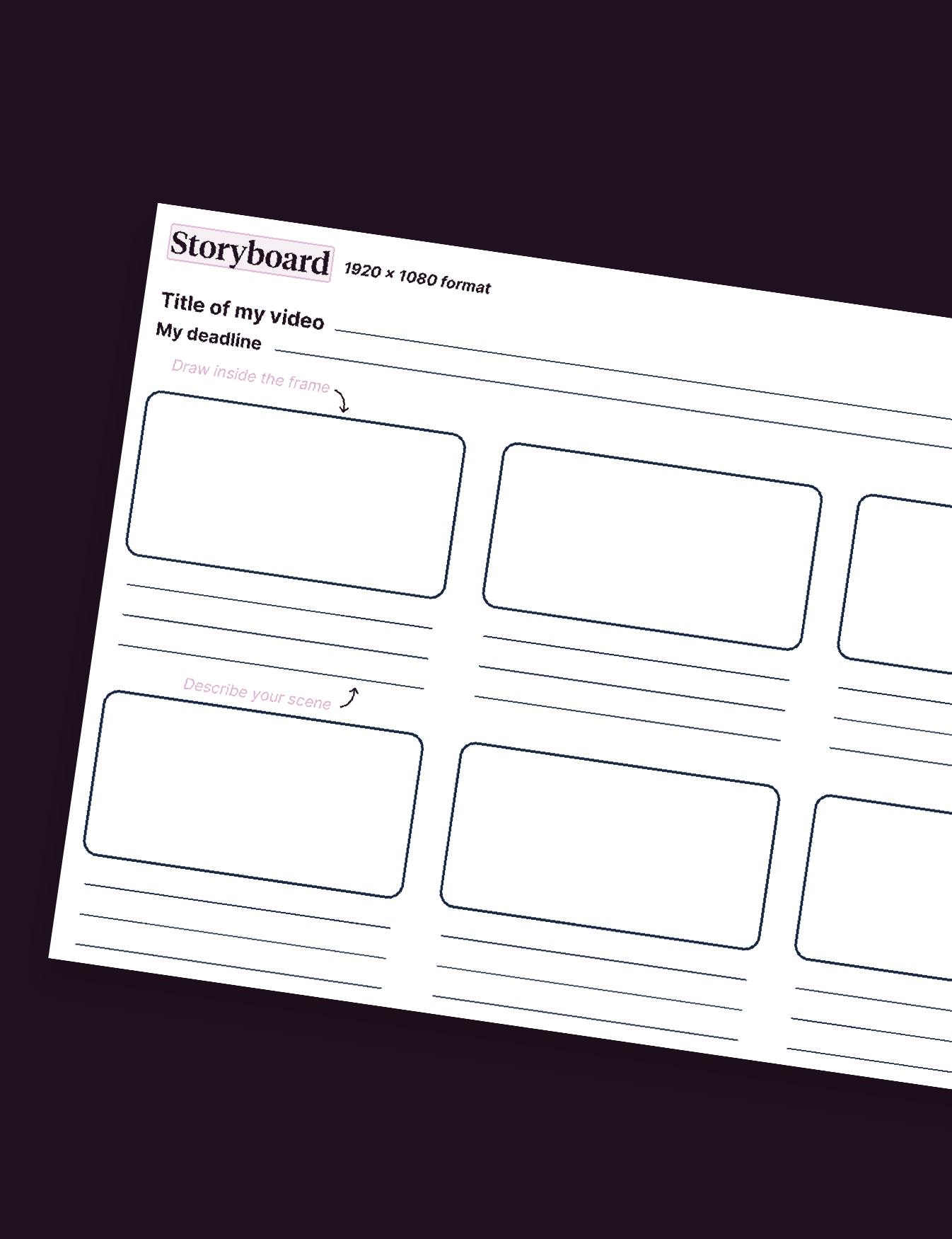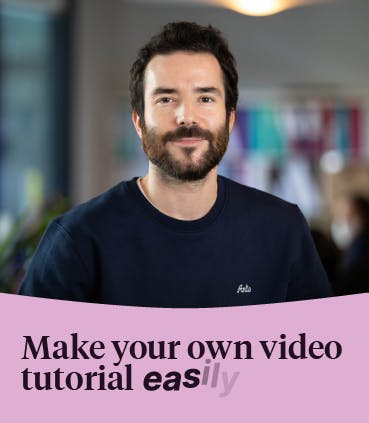7 Motion Graphics Design Trends You Can Use for Inspiration Today
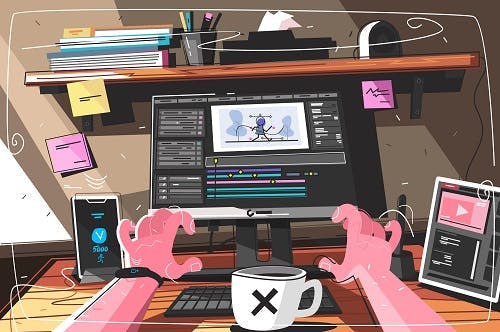
What are the trends in motion design ? The Content Factory has selected several styles that are currently popular and some examples for including motion design in your videos.
3D can provide an innovative image for users
Nothing beats 3D graphics when it comes to playing with depth and shapes in your clip. Their creation is easier now with the use of new tools and increasingly effective platforms.
The motion design trend is to mix 2D graphics with 3D graphics. The use of 3D graphics gives an innovative, futuristic and avant-garde dimension to videos. Technology companies and industries are now using this kind of technology, like in the presentation video for Google Cloud Navigation AI.
Lastly, 3D is also used for product presentations targeting a BtoC audience, to play with depth and give the audience the impression that it’s able to touch the components in your video, and also play on timeframe with slow motion video, or stop motion. One popular technique is to use the same colour for the product and for the background to bring out the product in pop and 90s tones.
Asymmetry to boost product presentations
Symmetry was a popular trend especially in web design with the application of the “grid” concept, but nowadays asymmetry is increasingly popular, as in the current Squarespace designs for designing websites, or Canva designs for graphic designs.
The trend also applies to video. Asymmetry gives a dynamic look to videos and the impression of movement while prioritising information. Asymmetrical designs attract attention to a part of the image created. This is commonly used by brands to present one of their products. Asymmetry is also used to make creations more human and alive. This is done by using imperfect and asymmetrical organic forms.
Liquid motion to add fluidity
Transcriptions on the surface of a liquid, “splash” effects or whirlwinds are increasingly used in graphic creations and especially in video to provide transitions. They provide an effect that looks like water, oil or really any other liquid substance. This technique has been used by many contemporary designers.
Liquid motion adds a playful dimension to creations in what would otherwise be clean transitions and movements that are sometimes considered a little cold or mechanical, and allows smooth transitions and unique graphic transformations. The most commonly used effect is splashing to highlight graphics or data.
The transitional effects between images are replaced by transparent and fluid transitions, where each image is converted into the next, to create a seamless visual flow. The fluidity effect is used to highlight the effectiveness of a service and its easy use. This is how Airbnb designed its marketing videos to present its platform in China.
Animation of snack content and interviews
Snack content is still popular. The idea is to make short, quickly designed videos. Some highly successful examples are the educational videos made by Brut and Konbini, which alternate video excerpts from image banks with memes and text graphics. On Brut’s YouTube channel, videos get 100,000 to 2 million views. Many brands have followed the example set by Air Liquide with its CH2ange campaign, or GE (General Electric) with its GE Reports.
Stop motion
Stop motion isn’t dead. It’s very much alive, as shown by the latest M video made by Michel Gondry released in March or the stop motion feature included on Instagram a year ago for its Stories. Its applications are now used for mass marketing.
The stop motion craze can be simply explained by the authenticity that it conveys, with the use of decorations and costumes made by hand, choppy animation, an apparently artisanal rendering, etc. This universe brings back images from childhood and the simple style used makes the characters and products more endearing. This makes it an ideal technique for advertising or snack content. The technique highlights the products or the company, while giving a very creative and attractive dimension to the brand.
Using the “glitch” effect to stand out from the rest
“Glitches” create the effect of an altered image, as if we were watching an old broken TV screen. It’s a kind of visual bug that became popular in 2017 and has become a source of inspiration for many designers. It’s used to deconstruct an image or a video. It gives it volume, personality and vibration. Glitches remind us that video design requires technical expertise that doesn’t appear on the screen.
Minimalism… it never goes out of style!
This is perhaps the most classic and timeless trend of all. The fewer elements and the less content your message contains, the less the audience needs to think about it.
Minimalism will continue to dominate the digital landscape. Blank spaces, contrasts and understated typographies allow you to convey a clear message on video. It’s a must-have in the luxury industry.
Resources
